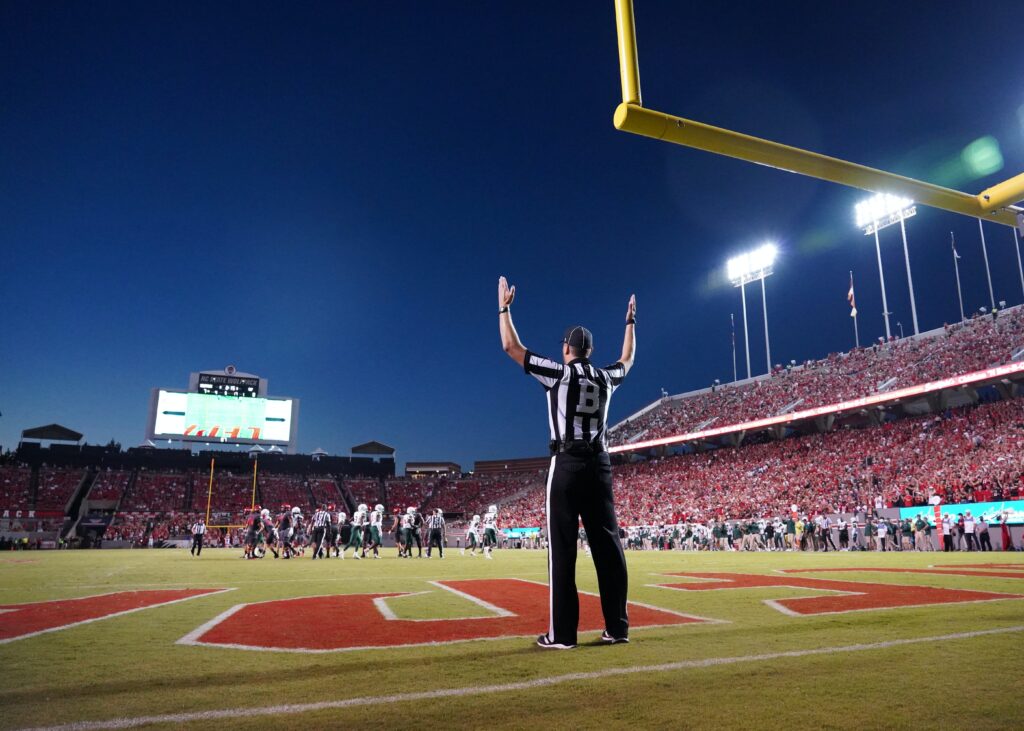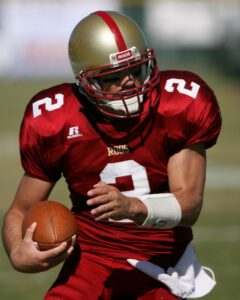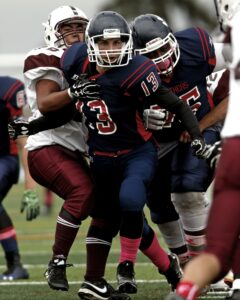New Technology in College Football Stadiums

It’s no secret that college football fans are looking for better places to watch games. Aside from the big screen TVs that fans can find in their homes, stadiums need to stay competitive with new technologies. This trend has spread to student sections, too. For example, Bryant-Denny Stadium is planning to add student seating beneath the lower bowl. This would give students a better view of the game, shaded seats, and access to alcohol for those over 21.
Table of Contents
New Technology in College Football Stadiums Will Make the Playoffs More Exciting
Sanford Stadium
Sanford Stadium was built in 1912, but in recent years it has been undergoing a major renovation. The stadium expanded from 81,000 to 92,746 seats and had a portion of the west endzone enclosed in a partial bowl. The expansion cost $25 million and added 5,500 seats to the stadium. Today, most of the upper deck seats are reserved for visiting team fans. The stadium was renovated in 2005 to include a new video display and ribbon boards on the sidelines. Daktronics constructed and maintains the video display.
Beaver Stadium
Beaver Stadium is a college football stadium located in Beaver, Pennsylvania. It is the home field of the Pennsylvania State University Nittany Lions. The stadium holds around 110,000 spectators and is often packed to capacity. The stadium has a tradition called the “White Out”, which is a celebration in which the entire stadium goes white during a game. This event has happened twice, in 2004 and against Ohio State. The stadium has even been featured on Google Street View.
Horseshoe Stadium
The Horseshoe Stadium in Lexington, Kentucky is home to Kentucky football. It is the first double-deck stadium built in the United States and features a horseshoe design inspired by Harvard and Yale stadiums. It is also the largest stadium west of the Appalachian Mountains. Smith studied the Colosseum and Pantheon in Rome, which helped shape the stadium’s design. He won the American Institute of Architects gold medal for public architecture for the project.
Folsom Field
Folsom Field is a beautiful and historic college football stadium in Sacramento, California. Built in 1917, the stadium seats 58,045 people. The stadium has undergone many renovations since it was first built. In the summer of 1976, Folsom underwent a makeover that added two new levels of bleachers. The former wooden bleachers were replaced with silver and gold aluminum bleachers. The renovated stadium now seats 52,005 spectators.
Bryant-Denny Stadium
Bryant-Denny Stadium is an outdoor stadium located on the campus of the University of Alabama in Tuscaloosa, Alabama. It is home to the Alabama Crimson Tide football team. It is part of the Southeastern Conference.
Texas A&M Stadium
Kyle Field is an American football stadium located on the campus of Texas A&M University in College Station, Texas. The stadium has hosted Texas A&M football games since 1904 and has been a permanent concrete stadium since 1927.
State College Stadium
State College Stadium is an outdoor college football stadium located in University Park, Pennsylvania. It has been home to the Penn State Nittany Lions since 1960. Some parts of the stadium date back to 1909.
Neyland Stadium
Neyland Stadium is home to the Tennessee Volunteers. In addition to hosting college football games, the stadium also hosts large conventions and other events. In the past, the stadium has hosted NFL exhibition games, concerts, political rallies, and religious gatherings. In 1970, the stadium was the site of the Billy Graham Crusade. President Richard Nixon spoke at the event. In 1984, The Jacksons played three concerts at the stadium.




